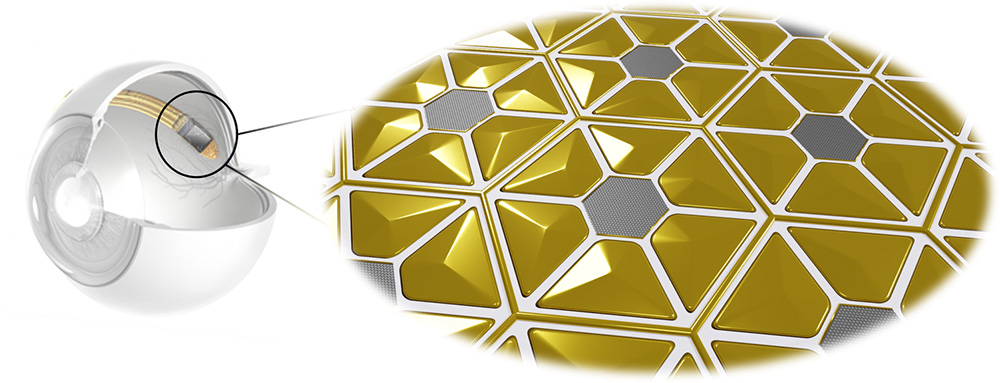RetinaSensor: Enhanced Vision Restoration in Blind People
Dr. Wadood Haq – Hector Fellow Eberhart Zrenner
Shadi Nashashibi – Hector Fellow Jürg Leuthold
Marina Homs – Hector Fellow Jürg Leuthold
In this project the Hector Fellows Jürg Leuthold and Eberhart Zrenner are working together with the HFA Postdoc Dr. Wadood Haq (Eberhard Karls University, Tübingen) and doctoral students Shadi Nashashibi (ETH Zurich) and Marina Homs (ETH Zurich) towards the next generation of retinal implants. By combining highly sensitive photodetectors with a microelectrode array operating under a new stimulation paradigm, the RetinaSensor will enable previously unachieved spatial and temporal resolution in electric retinal implant technologies.
Since 2023, the interdisciplinary project has received 3‑year funding from the Swiss National Science Foundation (SNSF) and the German Research Foundation (DFG) of around 600,000 euros for each of the two research groups involved in the project.
RetinaSensor is an interdisciplinary project with the aim of advancing the electrical retinal implant technology for enhanced vision restoration of blind people. Due to the genetic diversity of inherited retinal degenerative diseases (roughly 290 genes involved in retinal dystrophies) the electrical retinal implants are the only comprehensive gene-independent treatment for blindness caused by photoreceptor loss so far. Hence, the RetinaSensor project synergize the latest technologies and know-how to overcome the limitations of subretinal implants and promote advanced artificial vision with unprecedent spatial and visual-temporal resolution. This is made possible due to the combined efforts of the Hector Fellows Jürg Leuthold specialized in photonics and Eberhart Zrenner, who has been developing and studying electric subretinal implants of the first generation in patients since the 90s.
The RetinaSensor will incorporate a highly sensitive photosensor array based on van-der-Waals heterostructure providing a high dynamic range for an ideal image capture of the surrounding environment under various light conditions. Coupled to an electrode array at a previously unachieved dense spatial resolution and combined with a novel biomimetic feature-based stimulation paradigm for a high visual-temporal resolution, the RetinaSensor will bring blind people a step closer to advanced artificial vision.
Figure 1: The RetinaSensor is illustrated as subretinal implant in a human eye. It contains highly sensitive photodetectors for capturing incoming light. The resulting electrical signals from the photodetectors are sent to the petal-shaped electrodes for retinal stimulation with a novel biomimetic stimulation paradigm.
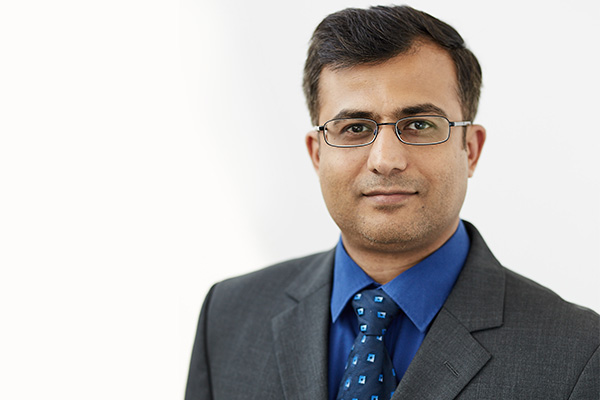
Dr. Wadood Haq
Eberhard Karls Universität, Tübingen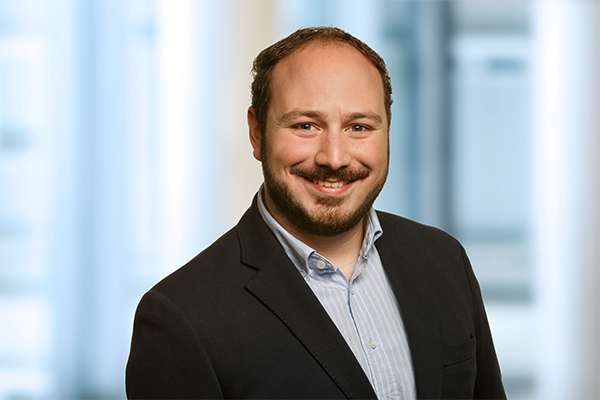
Shadi Nashashibi
ETH Zürich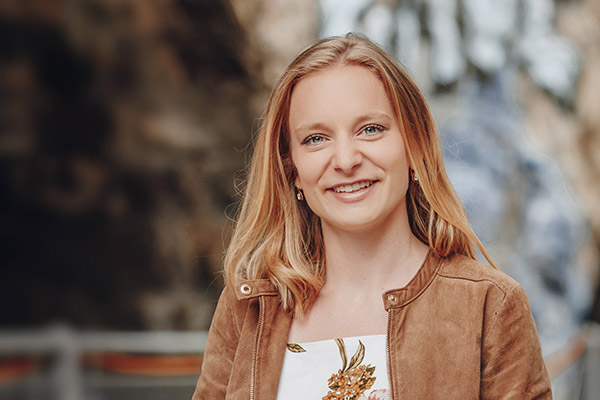
Marina Homs
ETH ZürichSupported by

Eberhart Zrenner
Medicine, Biology & Engineering Hector Fellow since 2012
Hector Fellow since 2012
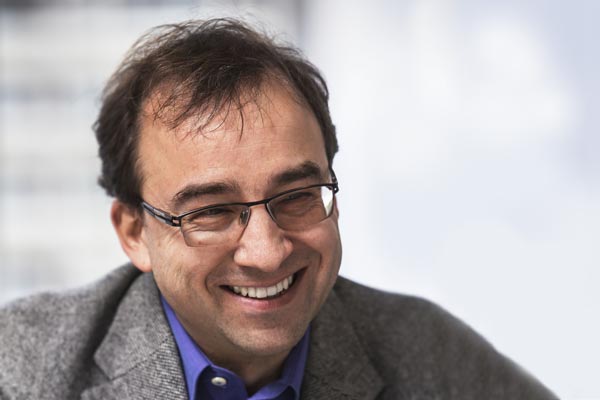
Jürg Leuthold
Physics & EngineeringHector Fellow since 2010


